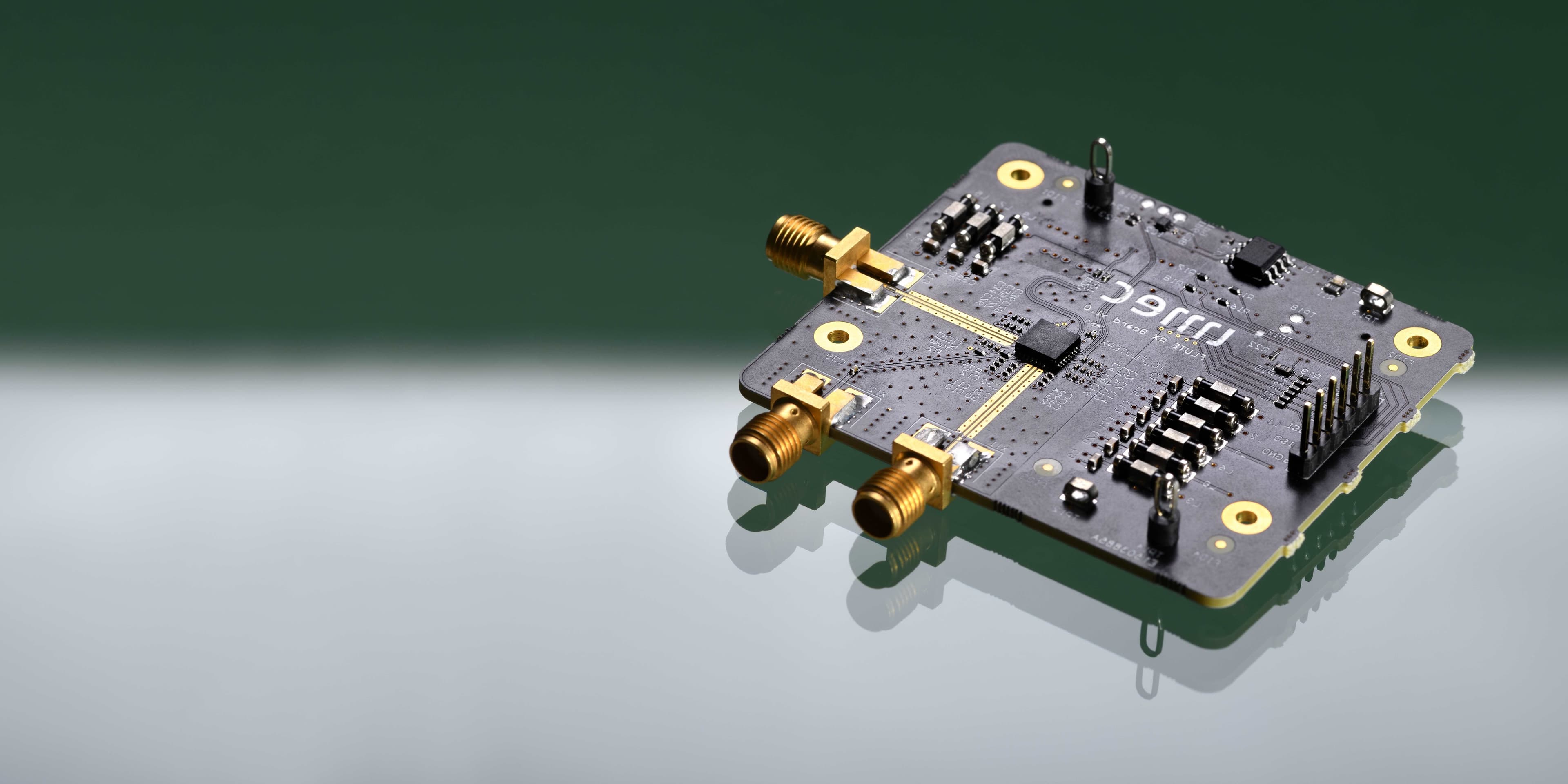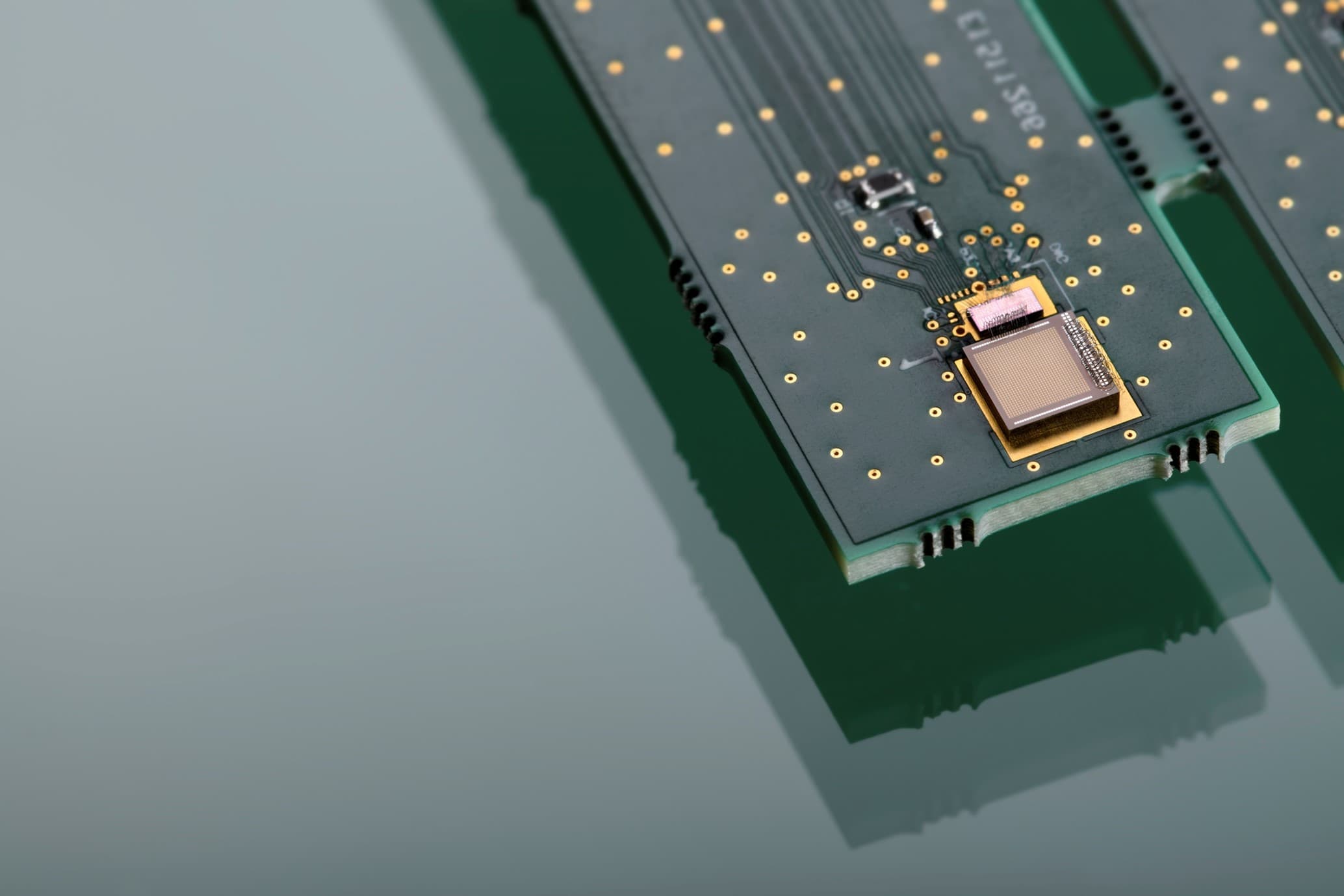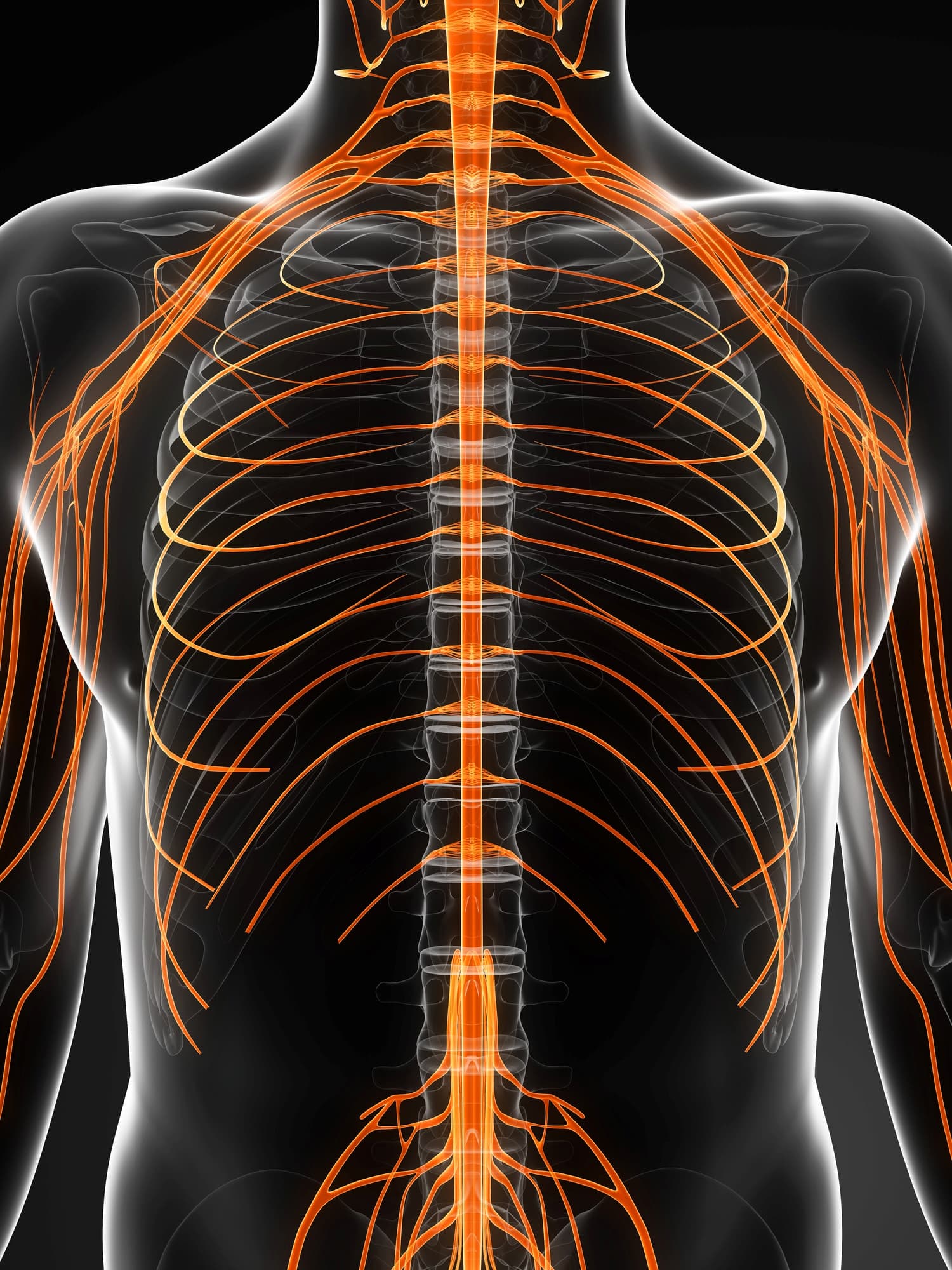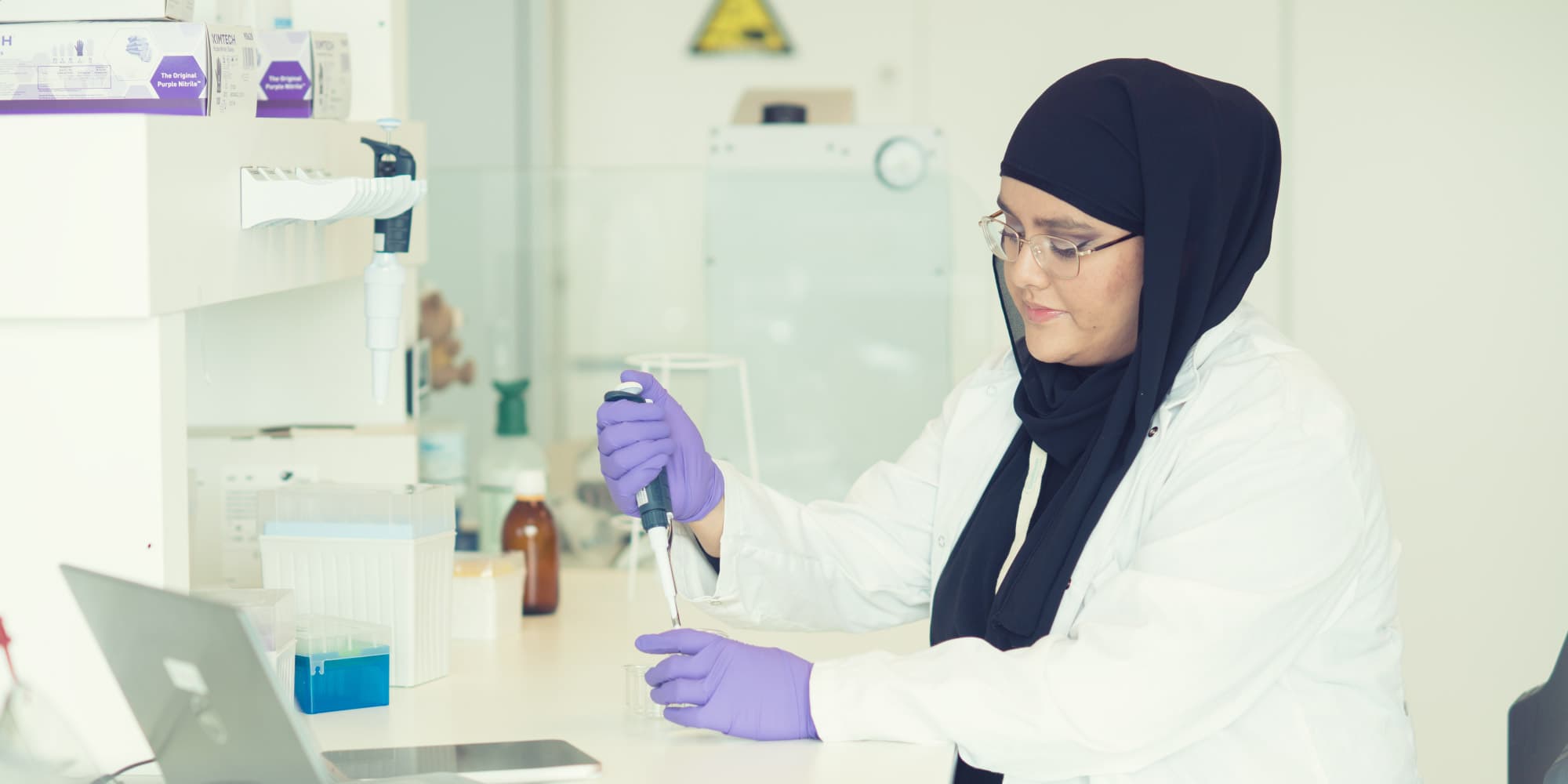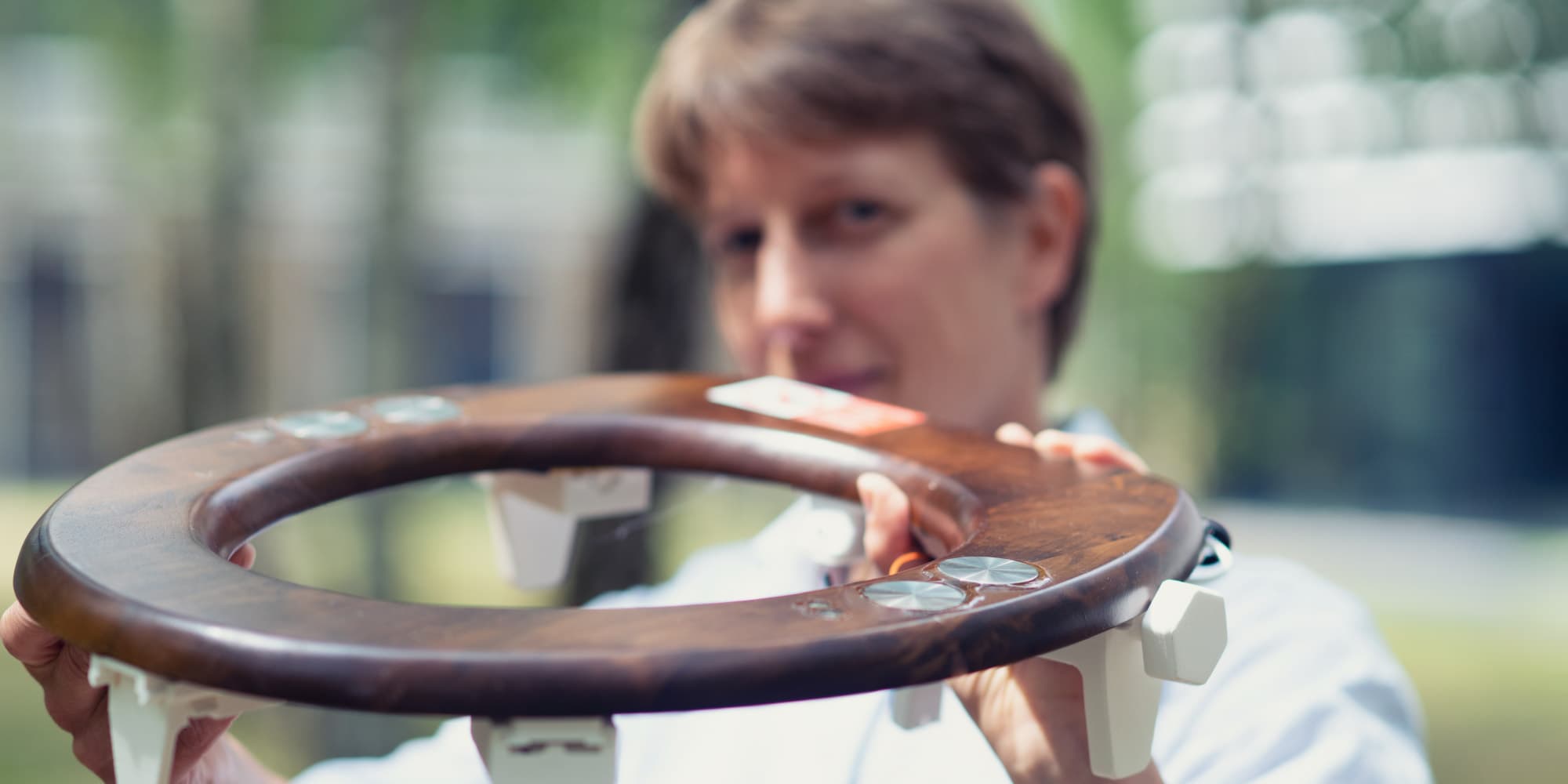Over the coming years, we are set to see a new generation of wearables being rolled out of Belgian and Dutch research labs. In this November's issue of National Geographic, journalist Ilka De Bisschop sets out how wearable sensors are bringing about radical changes in healthcare in her article ‘Een arts op batterijen’ (‘A battery-powered doctor’).
According to Geert Langereis, Health Research Programme Manager at imec's Holst Centre in Eindhoven, not only the individual patient, but society as a whole would benefit from more accurate monitoring. ‘The ever-increasing group of chronically ill patients is putting pressure on our healthcare systems. If such patients were to develop fewer complications, it would improve their quality of life, as well as saving on healthcare spending.’
Most bodily functions targeted by wearables have long already been measured, though via monitors inside hefty casings that take up half an examination room. Thanks to the rapid evolution of nanotechnology, such devices can now be made to fit inside a sticking plaster. These chips are now incredibly tiny, featuring energy-efficient batteries the size of a little fingernail that last for days, with flexible conductive ink now replacing the clunky wires of yesteryear.
While wearables are coming along nicely, major developers are already looking further ahead. Patrick van Deursen, Health Director of imec at the Holst Centre, holds up a transparent, seemingly normal pill in his hand. But inside, there is a tiny sensor, a chip and a non-toxic battery. This is an ‘ingestible’, developed at imec's One Planet Research Centre in Wageningen. Once ingested, the pill will take readings as it travels through the digestive system.
The full article – in Dutch – can be read here (pdf) or in the November issue of National Geographic
Published on:
4 December 2023




